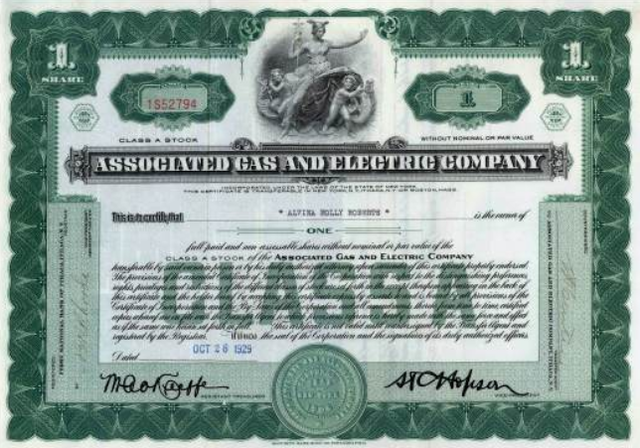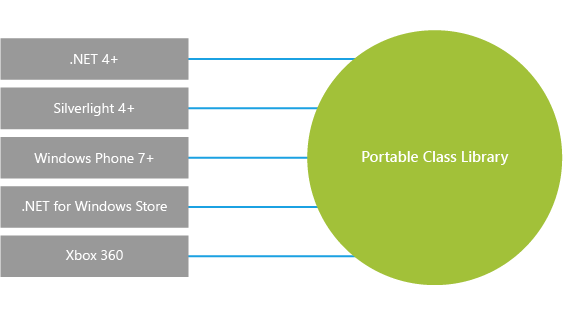What Are Share Classes
Post on: 20 Июль, 2015 No Comment

Class A Shares
Historically, Class A shares were sold by financial advisors that worked directly with investors. In order to compensate the advisor for the sale, Class A shares come with what’s called a front-end load. Typically, this fee is between 2.5% and 5.75%, and is taken off when the shares are first purchased. Today, however, Class A shares are the default option for buying many mutual funds even directly through the issuing fund company. That sales load just goes into the fund company’s pocket.
Investors do have the opportunity to reduce their sales-loads based on the amount of the initial investment they are planning to make. Class A shares come with a laddered fee schedule that allows investors making a large initial investment to reduce or even avoid that initial sales load. Additionally, many mutual fund companies allow investors to sign a letter of intent, which basically says they will invest X dollars by this date. By signing one of these, many fund companies will move the investor into a lower load bracket and reduce the sales fee.
Class A shares also have the benefit of having overall lower operating expenses, as well as lower 12b-1 fees. This is an ongoing charge originally designed to help pay for sales advertising materials given to advisors. This makes Class A shares perfect for those investors looking towards the long term.
The disadvantages for Class A shares are that smaller investors or those who wish to dollar-cost average into a fund often end up losing out due to the sales load.
Class C Shares
While Class A shares offer a front-end load, Class C shares do the opposite and feature a back-end load. The full initial investment amount is put to work in the fund. The kicker is that Class C shares impose the sales loadtypically 1%when you sell your shares. That back-end sales load is often phased out after a year or two depending on the fund.
This sounds like an awesome deal and certainly makes the case for owning C shares over A shares, but it’s not that simple.
C shares also come with much higher expense ratios. Dubbed a “level load,” this extra cost is often a full percentage point higher than the A share equivalent. Additionally, those pesky 12b-1 fees are also much higher. The combination of these fees will typically end up costing investors much more over the long haul than paying the initial front-end load with A shares. This means that C shares should be used for generally shorter term investment timelines say, between 1 and 3 years. This way you gain the most from not having to pay sales loads, but the higher expenses won’t totally kill your investment gains.
Class D/Class R/Class I
There are three more share classes that investors should familiarize themselves with: Class D, Class R and Institutional (I) shares.

Class D are “no-load” shares of mutual funds that often have sales loads (A & C shares). Investors choosing this option gain access to the fund without having to pay the initial fee or fees when they sell. Additionally, Class D shares often have lower expense ratios than their A and C twins, as well as no 12b-1 fees. The kicker for D shares is that they aren’t available to everyone; only certain retirement plans and brokerage firms will offer them. However, if you do have the opportunity to buy the D shares of a fund you like, do it. You’ll come out on top in the end.
Also found in retirement plans are class R shares. Like D shares, class R shares do not charge sales loads, but do come with 12b-1 fees. That does sop up some of the returns of R shares. However, when factoring an employer’s match in a 401(K), the extra fee is almost negligible.
Do you have a lot of money to invest? Like $1 million or more? Then Institutional, or I, shares are for you. Individuals planning on making a large investment can take advantage of the lower fees and zero sales loads that pension funds, endowments and other institutional investors are able to use. I shares are often the absolute cheapest way to go when it comes to buying a mutual fund. What’s more is that many mutual fund companies will convert other share classes into I shares when an investor’s balance hits the required threshold.
The Bottom Line
For investors looking to add mutual funds to their portfolios, it makes sense to pay attention to the ABCs of shares classes. With some basic knowledge, you can make the educated decision on what share class is best for you, your timeline and your portfolio. While this article doesn’t cover all the various share classes, it covers the most widely used ones. Make sure you read the fund’s prospectus before investing.














